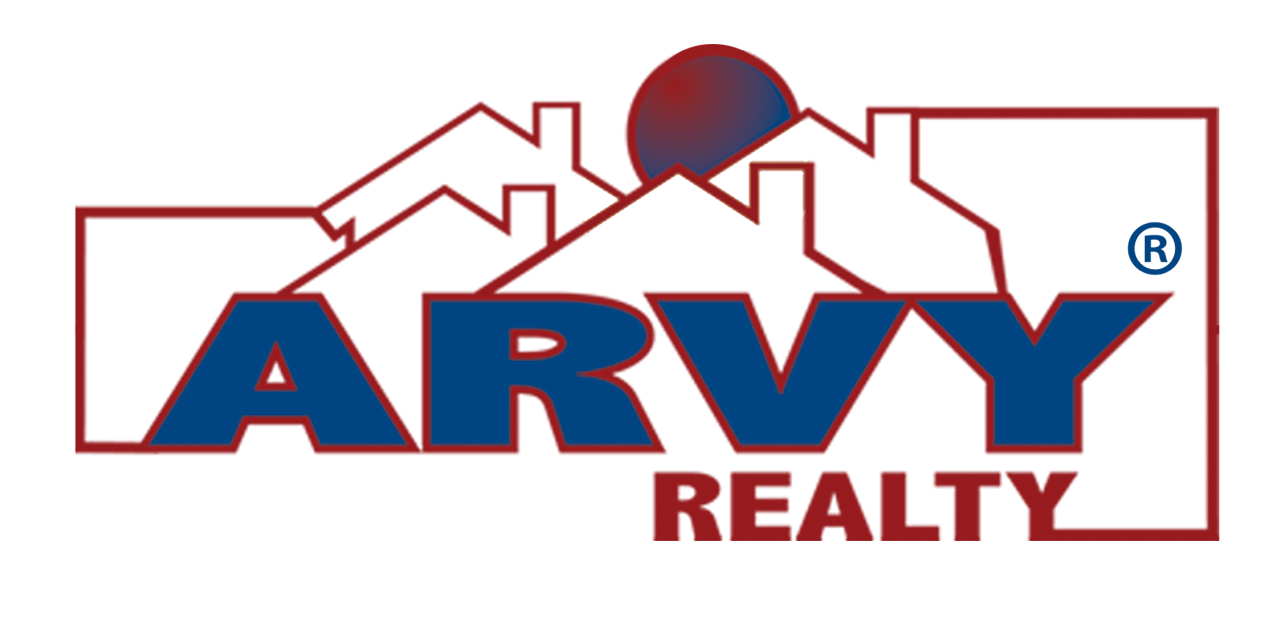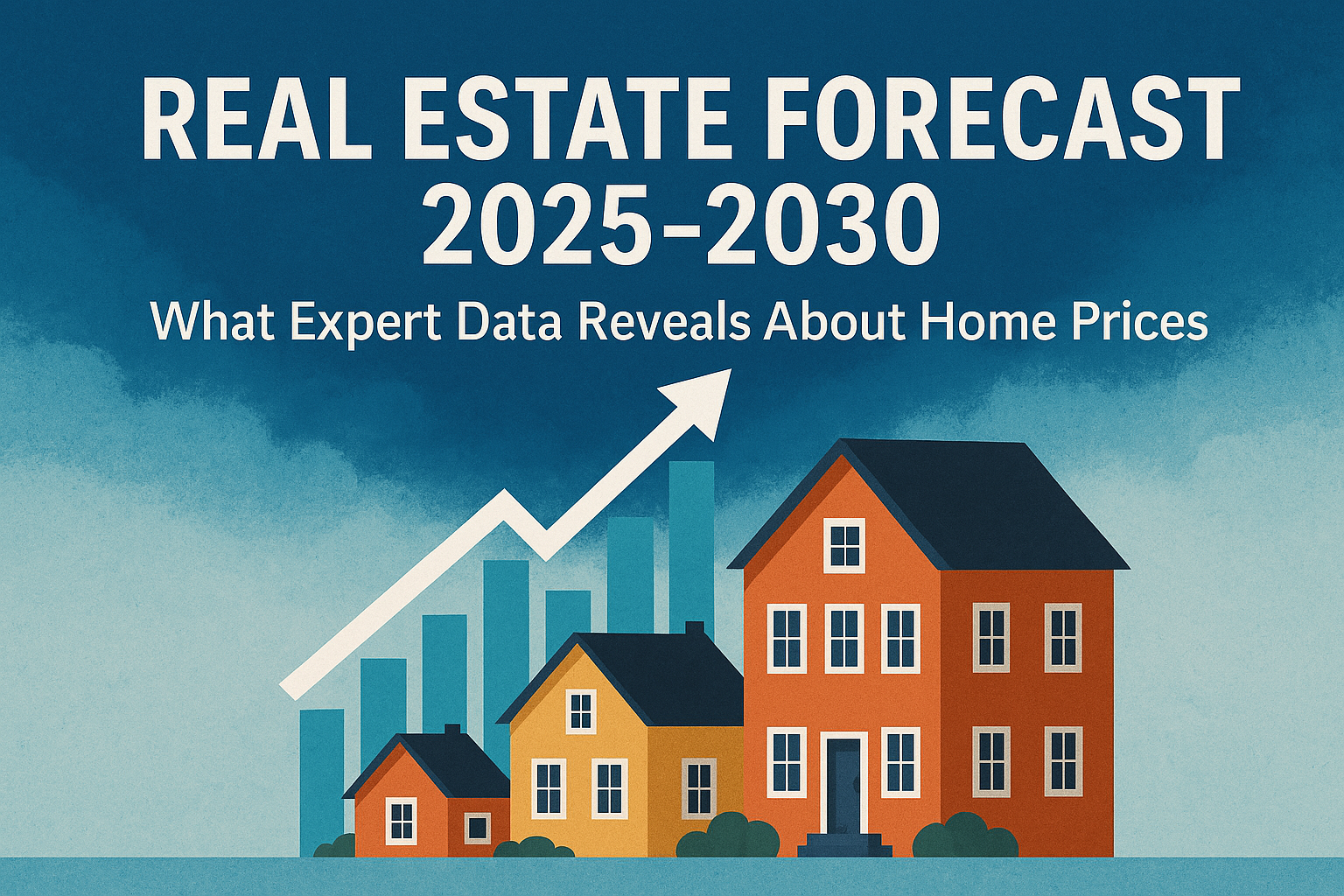The real estate market has reached a critical point. Home sales have dropped to exceptionally low levels and housing inventory remains well below historical averages. Ground level data shows most important changes coming in the next 5 years – including a record 481,000 new homes for sale, the highest level since 2007.
The current market faces tough conditions. More than 80% of borrowers have high-rate mortgages that create a market “lock-in” effect. However, experts see a gradual recovery ahead. J.P. Morgan Research predicts a 3% rise in house prices for 2025. The Federal Reserve’s expected interest rate cuts could boost market activity. This detailed analysis helps us get into the data-backed predictions for home prices, market trends, and the driving factors that will shape real estate markets through 2030.
Current Housing Market Snapshot: Setting the Stage for 2025
The US housing market in early 2025 shows several vital indicators that reveal regional contrasts, tight supply conditions, and how monetary policy continues to shape the market. This snapshot helps us understand the real estate forecast for the next 5 years.
Key indicators shaping today’s market
Builder sentiment measured by the NAHB/Wells Fargo Housing Market Index (HMI) sits at 39 on a scale of 0-100. The index dropped three points from February, reaching its lowest point in seven months. Current sales conditions fell to 43 while prospective buyer traffic slumped to 24.
Builders have stepped up price cuts, with 29% reducing home prices in March compared to 26% in February. The average price reduction stands at 5%. The market also sees 59% of builders offering sales incentives to attract buyers.
Housing inventory presents a mixed picture nationwide. Existing home supply remains tight at 3.7 months. New construction has reached 481,000 homes for sale – the highest number since 2007. This split in supply adds to the market’s complexity.
February 2025’s privately-owned housing starts jumped 15% from January. These numbers still lag behind last year’s figures. The median existing-home price hit $396,900 in January 2025, showing a 4.8% rise from the previous year.
Regional performance differences
Housing markets vary greatly across the United States. The numbers paint a clear geographic divide:
- South and West regions lead home price growth since the pandemic. Many metros in these areas saw prices climb over 190% compared to 2012 levels. Austin’s housing stock grew by 22% between 2013 and 2024.
- Northeast and Midwest regions showed slower growth, with some metros rising only 90% since 2012. The Midwest stands out as the country’s most affordable region.
Home price changes vary by location, ranging from Cape Coral’s 5% drop to Indianapolis’s 11% gain. Recent data shows 53 of the 100 largest metros saw decreases in constant-quality home prices last quarter.
These regional patterns stem from trends that started during the late 2000s housing crisis recovery. The South and West outpaced the Northeast and Midwest in home price growth throughout the 2010s. Population shifts and regional economic performance explain these trends.
The lingering impact of interest rates
Interest rates remain a powerful force in housing. March 2025’s 30-year mortgage rate averages 6.76%, much higher than the sub-4% rates many homeowners locked in earlier. About 60% of people with mortgages now have rates below 4%.
This rate gap created a “mortgage lock-in” effect. More than 80% of borrowers sit at least 100 basis points “out-of-the-money”. They have little reason to sell their homes, which adds to the existing homes supply shortage.
Housing economists point to interest rates as the main cause of market stagnation. The market needs mortgage rates near 5% or lower for meaningful change. Forecasts suggest rates will ease slightly to 6.7% by 2025’s end.
Rate changes don’t always directly affect home prices. Higher rates typically reduce buying power and should lower prices. Supply constraints have offset this effect, letting home prices rise modestly despite higher borrowing costs.
Expert Predictions for Home Prices 2025-2027
Housing analysts predict distinct regional patterns will shape the market over the next three years. The market shows signs of stabilizing after pandemic-driven volatility. Expert projections now point to moderate appreciation nationwide with notable differences in regions of all sizes.
National price growth projections
Major financial institutions and real estate analysts agree on steady but modest home price appreciation from 2025 through 2027. J.P. Morgan Research expects a modest 3% overall price increase for 2025. This marks a sharp slowdown from double-digit growth seen in earlier years.
Moody’s forecast of the FHFA House Price Index matches this outlook. They project annual growth rates of 1.0%, 1.5%, and 2.1% for 2025, 2026, and 2027 respectively. The National Association of Realtors predicts home prices will climb approximately 2% in both 2025 and 2026.
These projections signal a return to historical norms for homeowners and investors planning ahead. Experts predict prices will rise roughly 17% from 2024 levels through 2029. This slightly outpaces expected inflation rates.
Sunbelt markets: continued dominance or cooling trend?
Sunbelt markets show clear signs of cooling after years of explosive growth. CoreLogic’s analysis reveals coastal metros now lead in rent growth while single-family rental markets cool in the Sun Belt. Cities that led during the pandemic boom now experience notable changes.
This cooling trend stems from several factors:
- New construction has brought housing inventory back to pre-pandemic levels in many Sunbelt areas
- Austin’s prices dropped 2.3%
- Phoenix (0%), Orlando (0.2%), and Dallas (0.7%) barely grew
Capital Economics believes this cooling trend might not last: “The Sunbelt will continue to attract strong economic immigration, so the current excess housing supply should quickly get absorbed”. These markets might regain momentum as construction slows and migration continues.
Northeast and Midwest: the comeback story
The script has flipped for traditionally slower-growth regions. Northeast and Midwest markets now see remarkable growth, with some areas posting double-digit price increases.
Severe inventory shortages fuel this regional resurgence. Housing inventory remains 60-70% below pre-pandemic levels in fast-growing Northeastern metros. These regions lack new construction compared to the Sunbelt, which creates fierce competition for available homes.
Ohio, Indiana, and Tennessee show promising appreciation potential for 2025. CoreLogic data confirms that Midwest states like Ohio, Oklahoma, and Missouri maintain strong appreciation rates thanks to their affordability. This represents a dramatic shift from long-standing regional patterns.
West Coast markets: tech influence and affordability challenges
Technology continues to shape West Coast housing markets, especially in California. Silicon Valley’s presence drives Bay Area real estate prices, with Santa Clara County’s median home price exceeding $1.50 million.
California faces ongoing affordability challenges. The median home price should reach $909,400 in 2025, up 4.6%. The state highlights America’s housing crisis and accounts for almost half of all unsheltered residents.
Tech-driven housing booms create different outcomes within regions. South Bay home prices have bounced back to pre-pandemic levels. Meanwhile, San Francisco prices stay flat at $1.20 million – still 12% below pre-pandemic levels. This reflects a broader move away from urban centers toward suburban areas.
The 2025-2027 housing market outlook reveals how regional factors now matter more than national trends. This creates unique challenges and opportunities depending on location.
Long-Term Housing Forecast 2028-2030
Housing experts predict a market with regional differences and moderate nationwide gains as we look toward the late 2020s. The real estate forecast next 5 years reveals clear patterns about the future of American housing.
Expected national price trajectories
The U.S. housing market should see measured growth from 2028 through 2030. Average single-family homes could reach $382,000 by 2030. This price represents a 48.55% increase over a decade, which matches growth patterns from the previous ten years.
Home prices should climb about one percentage point above inflation through 2029. Housing values across the nation will likely grow by 17% between 2024 and 2029. This growth shows a more stable path compared to the rapid increases of the early 2020s.
Existing home sales hit three-decade lows in 2023-2024 but should bounce back through 2029. New home construction will expand too, though limited by scarce buildable land and skilled labor shortages.
Housing affordability remains a serious concern during this period. Several states might face severe gaps between home prices and incomes by 2030. Hawaii’s average home prices could reach $1,424,263 while estimated incomes stay at $61,221. Nevada faces a similar challenge with projected home values of $1,042,647 against $59,089 incomes.
California’s coastal markets might reach new heights. San Francisco leads with projected average home values of $2,612,484 by 2030. San Jose follows at $2,251,703, and Oakland reaches $1,713,554. Major cities like Seattle, Boston, and New York could also see average prices exceed $1 million.
Mortgage rates should stabilize around 6% through 2026, leading to varied market recoveries. The growing gap between housing costs and income creates long-term affordability challenges that will shape America’s housing scene through 2030.

